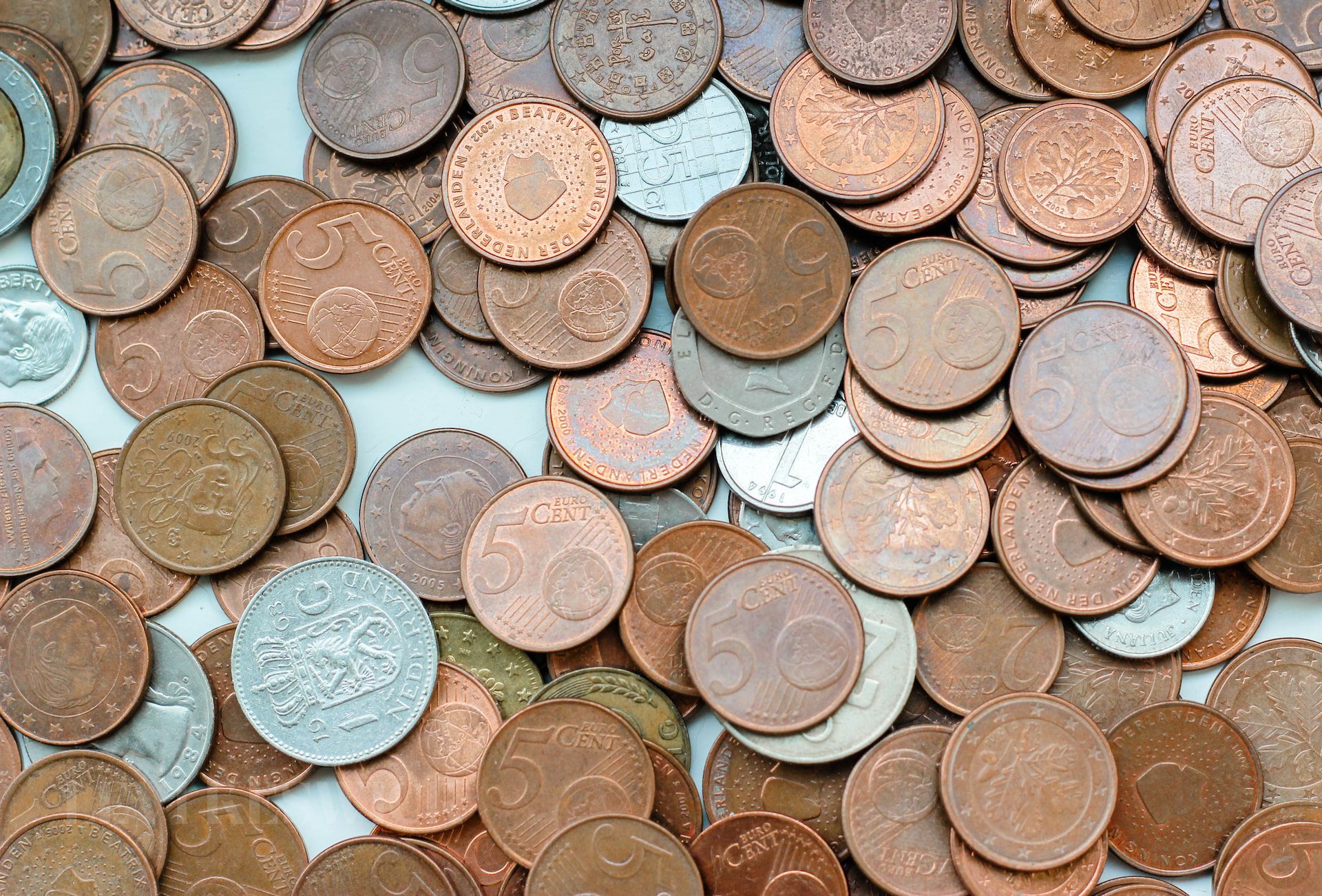Key Takeaways:
- The Buffalo Nickel, featuring the iconic designs of James Earl Fraser, holds significant historical and aesthetic appeal for collectors.
- The coin market for Buffalo Nickels, including the 2003 Buffalo Nickel, remains relatively stable, unaffected by fluctuations in the precious metals market.
- Factors such as date, rarity, condition, and mint mark can significantly affect the coin’s value.
The Buffalo Nickel: An Icon of American Numismatics
The Buffalo Nickel, also known as the Indian Head Nickel, has long held a distinguished position in American numismatics. Produced between 1913 and 1938, this classic piece of coinage presents the rich history and culture of the United States. This nickel is recognized for its distinctive obverse and reverse designs, crafted by James Earl Fraser, an embodiment of the American Renaissance in coinage. The enduring allure of these coins, including the 2003 Buffalo Nickel, is a testament to their historical significance and artistry.
A Historical Masterpiece: The Designs of the Buffalo Nickel
The obverse of the Buffalo Nickel displays a composite portrait of various Native American tribal chiefs, contradicting common claims that it represents a single chief. On the reverse, an American Buffalo graces the nickel, leading many to believe it was inspired by Black Diamond, a resident buffalo at the New York City Zoo. However, this claim remains unverified. Regardless, the unique design elements of the Buffalo Nickel contribute to its enduring appeal and demand in the coin collector market.
Market Behavior of Buffalo Nickels
The value and market demand for Buffalo Nickels have demonstrated relative stability over the years. These coins, devoid of precious metals such as gold or silver, show resilience against fluctuations in the metals market. While the Buffalo Nickel series might not be the first choice for beginners, it carries considerable weight among intermediate and advanced coin collectors. Assembling a quality set of Buffalo Nickels can bring immense satisfaction to collectors and ensure a viable market for these coins.
Crucial Dates, Rarities, and Varieties
Certain Buffalo Nickels are highly coveted due to their rarity, date, and unique varieties. These coins can be worth considerably more than common ones, although collectors must be cautious of counterfeits and alterations. Notable dates include the 1913-S Type 2, 1916/16, 1918-D 8 over 7, 1921-S, 1924-S, 1926-S, and the 1937-D Three Legged Buffalo.
Assessing the Condition of Buffalo Nickels
The condition of a Buffalo Nickel, including the 2003 Buffalo Nickel, can greatly affect its value. A coin showing significant wear due to circulation is considered ‘circulated,’ while a coin with no signs of wear is classified as ‘uncirculated.’ Determining the exact grade of a Buffalo Nickel can be challenging for the untrained eye, but a professional numismatist or coin dealer can provide accurate assessments.
Recognizing Mint Marks
Buffalo Nickels were produced at three United States Mint facilities, each using a different mint mark. Philadelphia minted coins bear no mark, while Denver and San Francisco utilized ‘D’ and ‘S’ respectively. The mint mark is located on the coin’s reverse, just below the “FIVE CENTS” denomination.
Average Prices and Values of Buffalo Nickels
The price one can expect to pay for a Buffalo Nickel, or the price one might receive when selling, is influenced by various factors including the date, mint mark, condition, and rarity of the coin. For circulated Buffalo Nickels, a readable date is crucial, as fully worn off dates diminish the coin’s value. It’s important to note that values and prices mentioned are approximate and will vary depending on the specific coin dealer and the exact grade of the coin.
In conclusion, the Buffalo Nickel, including the 2003 Buffalo Nickel, remains a cornerstone of American numismatics. Its rich history, distinctive design, and the joy it brings to collectors make it a timeless treasure in the world of coin collection.








